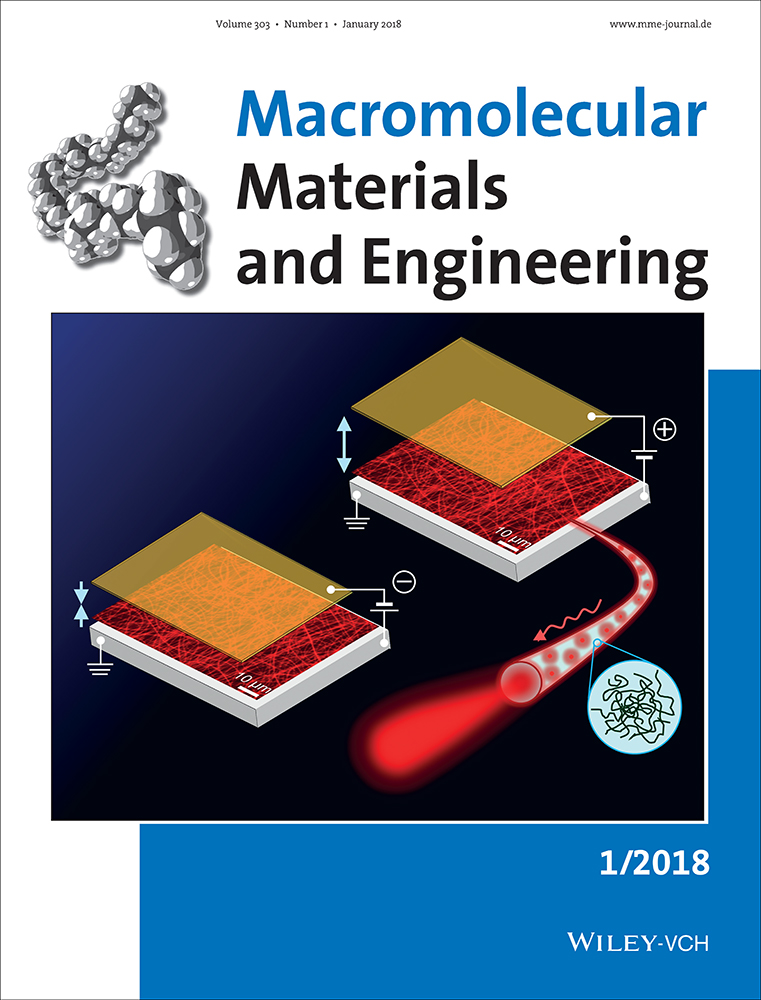House of Cards Nanostructuring of Graphene Oxide and Montmorillonite Clay for Oil–Water Separation
Abstract
Noncovalent interactions are ubiquitous in our daily living. Nature employs hydrophobic effects, π–π interactions, hydrogen bonding, van der Waals forces, and electrostatic interactions in many biological processes such as protein folding. In the same manner, scientists exploit this plethora of inherently reversible noncovalent interactions as dials to design robust and smart materials. Electrostatic interaction is particularly interesting due to the simplicity of its concept, i.e., opposite charges attract. However, to our knowledge, the electrostatic interaction between two different 2D nanomaterials has not been investigated in literature. A myriad of natural and synthetic 2D nanomaterials should be explored for what may be an exciting cocktail of synergistic and tunable properties brought about by their charges and physical properties. This contribution highlights an interesting phenomena when organic, negatively charged graphene oxide and inorganic, positively charged montmorillonite (MMT) clay edges are brought into contact.
Conflict of Interest
The authors declare no conflict of interest.




